Videos
Maximizing Seo Success: A Step-By-Step Content Creation Template
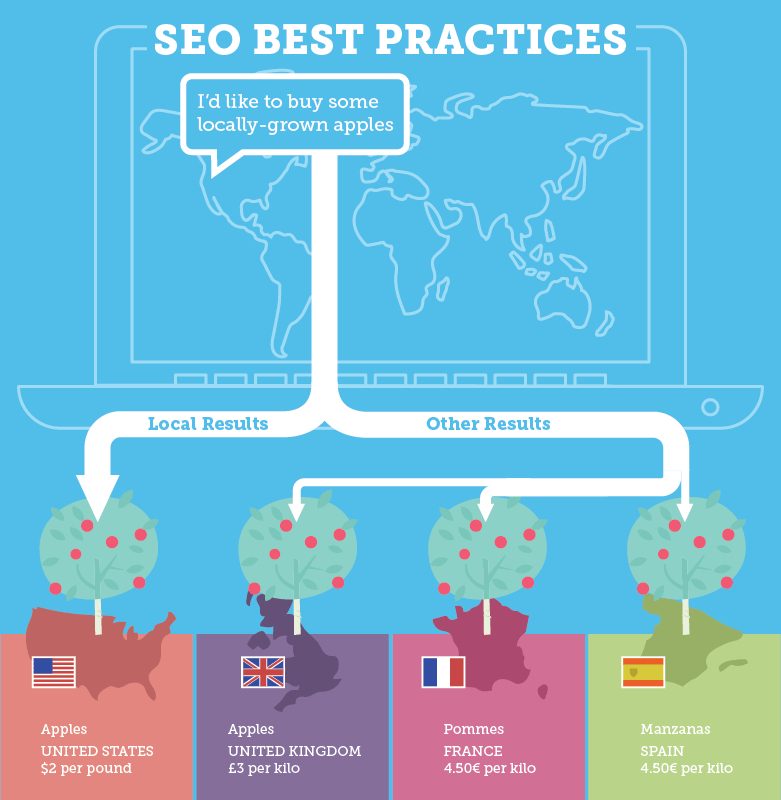
In today’s digital age, businesses must have a strong online presence to succeed. With the vast amount of information available online, it can be challenging to ensure your content is seen by the right audience. Search engine optimization (SEO) helps drive traffic to your website and improves your visibility in search engine results pages. However, creating SEO-friendly content can be daunting, particularly for those unfamiliar with the process.
This article will guide you through the process of creating SEO-friendly content using a comprehensive template. By prioritizing effective keyword research, optimizing SEO elements, and creating unique and engaging content, you can maximize your SEO success.
This step-by-step guide will provide you with the tools you need to create content that resonates with your audience and drives traffic to your website. Whether you’re a seasoned marketer or a newcomer to the world of SEO, this guide will help you create compelling content that gets results.
Key Takeaways
- SEO is crucial for driving organic traffic to your website and making your content effective.
- Keyword research and analysis is essential for selecting primary and secondary keywords to target.
- Optimizing SEO elements such as URL, meta title, internal and external links, word count, image optimization, mobile optimization, and social media participation can improve rankings.
- Creating unique and quality content with a new spin and authoritative voice, incorporating targeted keywords, and using header tags can positively impact SEO success.
SEO Basics
The importance of SEO in driving organic traffic to a website and the use of effective keyword analysis and research prioritizing Google results are essential elements to consider when utilizing the step-by-step template for creating SEO-friendly content. Without SEO, even the best content may go unnoticed.
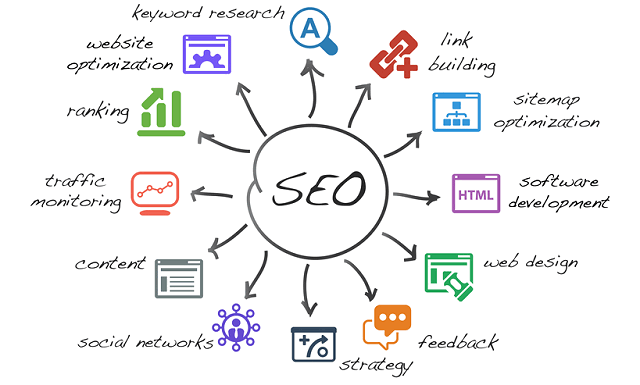
Therefore, it is crucial to prioritize keyword research with free or paid keyword research tools to confidently edit and create SEO-friendly content.
Google Analytics is a helpful tool to track your website’s traffic and understand which keywords are driving the most traffic. Utilizing Google Search Console can also provide valuable insights into your website’s performance in search results and help identify additional keywords to target.
By consistently utilizing these tools and prioritizing keyword research, content marketers can generate traffic-generating content that ranks highly on Google search results.
Keyword Research
Keyword research is a crucial step in developing SEO-friendly content, as it allows content marketers to identify popular search intent and generate long-tail keywords that can improve rankings and drive organic traffic to their website. Long-tail keywords are longer and more specific phrases that have less competition and can attract more targeted traffic. By targeting long-tail keywords, content marketers can improve their chances of ranking higher in search engine results pages (SERPs) and attract high-quality leads.
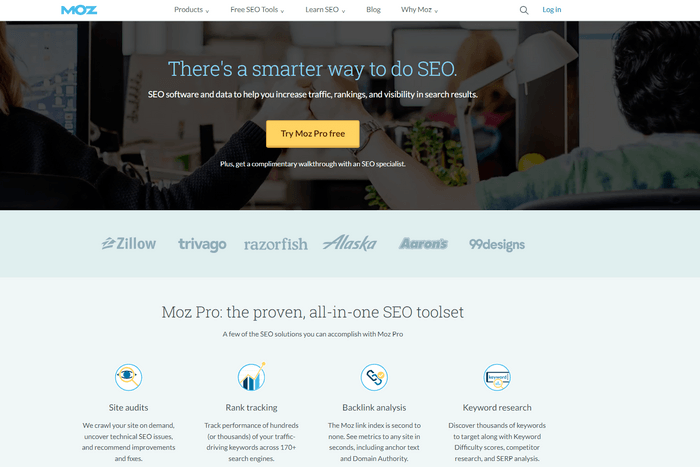
Competitor analysis is another critical aspect of keyword research. By studying the top ten websites competing for a primary keyword, content marketers can gain insights into their content strategy and identify gaps in their own. This information can help content marketers create unique perspectives and new spins on information with an authoritative voice, improving the quality and relevance of their content.
Moreover, by staying up-to-date with their competitors’ content, content marketers can ensure that their content is always fresh, engaging, and relevant, attracting and retaining audiences over time.
Search Intent
Understanding search intent is crucial for effective keyword research, as it enables content marketers to satisfy specific audience needs and promote sales conversions; in fact, according to a study by Ahrefs, 60% of the top-ranking pages on Google have the exact keyword in their title tag, indicating the importance of aligning content with search intent. To understand search intent, content marketers must put themselves in the shoes of the user and determine what they are looking for when searching for a particular keyword. This can be achieved by analyzing the type of content that appears for the keyword, such as informational, navigational, or transactional, and understanding the specific needs and desires of the user.
One way to align content with search intent is to focus on long-tail keywords, which are more specific and targeted than broad keywords. Long-tail keywords are often used by users who are further along in the buying cycle and have a clearer idea of what they are looking for. By targeting long-tail keywords, content marketers can create content that is highly relevant to the user’s needs and increase the chances of converting them into customers. Ultimately, understanding search intent is essential for content marketers to create SEO-friendly content that not only ranks high in search engine results but also satisfies the specific needs of their audience.

| Search Intent | Type of Content | User Needs | ||||
|---|---|---|---|---|---|---|
| Informational | How-to guides, tutorials, educational content | To learn something new, to solve a problem | ||||
| Navigational | Brand or product-specific content | To find a particular website or page | ||||
| Transactional | Product pages, pricing pages, checkout pages | To make a purchase, to compare options | ||||
| Local | Local business listings, maps, directions | To find a nearby business or service | ||||
| Commercial Investigation | Product reviews, comparison guides | To compare products or services before making a purchase | Personal | Personal blogs, social media profiles | To connect with others, share personal stories or experiences |
SEO Elements
Optimizing various elements such as URL, meta titles, meta descriptions, page titles, internal and external links, word count, image optimization, mobile optimization, and social media participation are crucial for improving SEO rankings.
A good URL should be short and contain the primary keyword.
The meta title should include the primary keyword and the company/domain name, and should be between 50-60 characters.
The meta description should be a pitch for the article and contain the primary keyword and a call-to-action.

The page title or main heading should also contain the primary keyword.
Internal linking improves rankings and engages readers, while external linking should only be done to authoritative websites.
Conducting a content audit to complement newly developed content with existing links is important.
Mobile responsiveness is also a crucial element for SEO success.

With more and more people accessing websites through mobile devices, it is important to ensure that the website is optimized for mobile viewing.
A responsive design is important for SEO success, as it allows the website to adjust to different screen sizes and ensures that the content is readable and accessible.
Social media participation and promotion can also help build brand awareness and engage with audiences.
Social media signals can improve website ranking, while backlinks generated from social media can also improve website ranking.
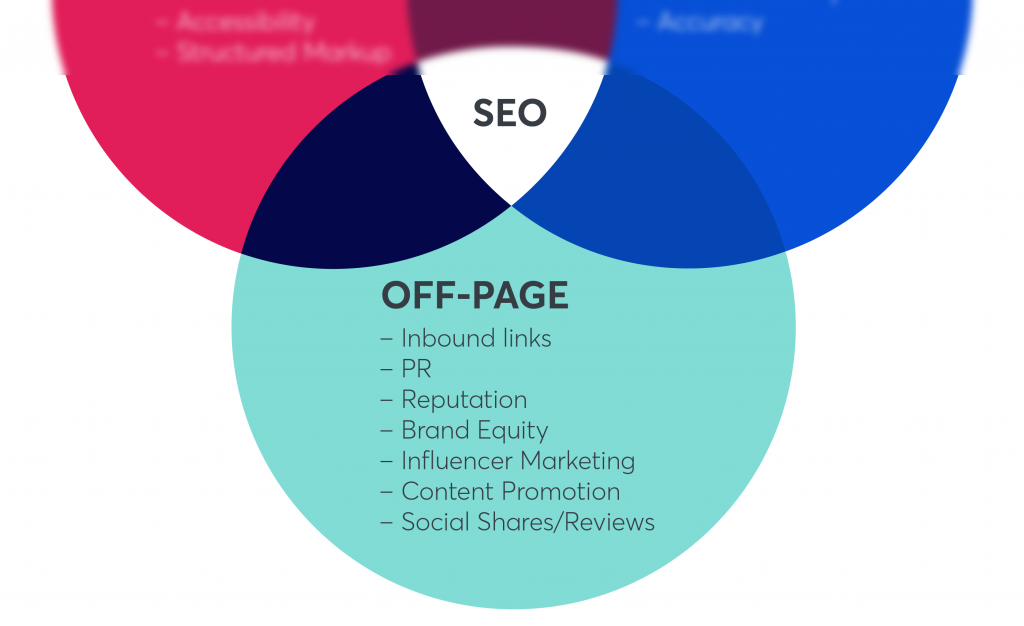
Personalized search results can be impacted by social media activity, making it important to have a strong social media presence.
URL Optimization
A website’s virtual address is like a gateway to its content, and optimizing it can open doors to higher search engine rankings and increased organic traffic. Improving website URLs involves choosing the right domain name and keeping it short, easy to read, and relevant to the content on the page. A good URL should also include the primary keyword to help search engines understand what the page is about.
To further optimize URLs, it’s important to avoid using numbers, special characters, and unnecessary words. Instead, focus on creating a URL that is easy to remember and share. Additionally, using hyphens instead of underscores can improve readability and prevent confusion. Overall, optimizing website URLs is an important step in improving search engine rankings and increasing organic traffic, and should not be overlooked in a comprehensive SEO strategy.
| Pros | Cons |
|---|---|
| Short and easy to remember | May not be available |
| Relevant to content | May not include primary keyword |
| Includes primary keyword | May not be easy to read |
| Avoids numbers and special characters | May not be memorable |
| Uses hyphens for readability | May not be unique |
Internal Linking
Internal linking is another crucial element of SEO success that cannot be ignored. As mentioned earlier, internal links help improve rankings and engage readers. The importance of anchor words cannot be overstated. Anchor words are the clickable words that link to another page on your website. They provide context to both human readers and search engine spiders about the content of the linked page. It is best practice to use descriptive and relevant anchor words that contain the targeted keyword. Avoid using generic phrases like ‘click here’ or ‘read more’ as they do not provide any context to the linked page.

Best practices for internal linking include creating a logical hierarchy of pages and linking to relevant pages within the same category. Use a consistent anchor text format and avoid overusing internal links, as this can be seen as spammy. Conducting a content audit can help identify opportunities for internal linking and ensure that all pages are linked to at least once.
By following these best practices, internal linking can improve user experience, increase pageviews, and ultimately improve search engine rankings.
Content Creation
Creating high-quality content is essential for improving website rankings and engaging with target audiences. The content creation process should begin with selecting a primary keyword and identifying related secondary keywords to target. Utilizing Google Search Console can provide valuable insights into the keywords driving traffic to your website, and the “People also ask” section within Google can help generate ideas for new keywords to target. Understanding search intent and the specific needs of your audience is crucial to creating engaging content that satisfies those needs and promotes sales conversions.
When writing for SEO, it is important to optimize SEO elements such as URL, meta title, meta description, page title, internal and external links, word count, image optimization, mobile optimization, and social media participation. Utilizing header tags and incorporating targeted keywords can also improve website rankings. It is important to prioritize quality over quantity and create unique perspectives and new spins on information with an authoritative voice. By following a step-by-step content creation template and consistently utilizing Google Search Console to track improvements, businesses can maximize their SEO success and improve their online presence.

| Column 1 | Column 2 | Column 3 |
|---|---|---|
| Utilize Google Search to Find Relevant Pages | Be Selective When Choosing External Links | Study Top Ten Web Pages Competing for Keyword |
| Tie Relevant Pages Together with Anchor Word Links | Identify Orphan Pages and Ensure All Pages are Indexed | Create Unique Perspective and Authoritative Voice |
| Optimize Images on Website | Use Schema Markup to Help Search Engines Understand Page Content | Prioritize Quality Over Quantity |
| Incorporate Targeted Keywords in Header Tags | Focus on Clarity and Conciseness | Stay Close to Average Word Count |
| Use Internal Linking to Improve Navigation and Increase Time on Site. |
Image Optimization
Image optimization is an essential aspect of SEO that involves utilizing the right image file format, reducing file size, adding alt text, using keywords in file names, and incorporating captions and titles to improve search engine rankings.
The right image format can make a huge difference in SEO success. JPEG is a popular option, as it offers a high-quality image with a small file size. PNG is another option, as it offers a transparent background and supports high-quality images.
When it comes to reducing file size for images, it’s important to find a balance between quality and size. Compressing images can help reduce file size without sacrificing quality.
Additionally, using alt text best practices, such as using descriptive and concise language, can help search engines understand the content of the image and improve rankings. Incorporating captions and titles can also enhance SEO success.
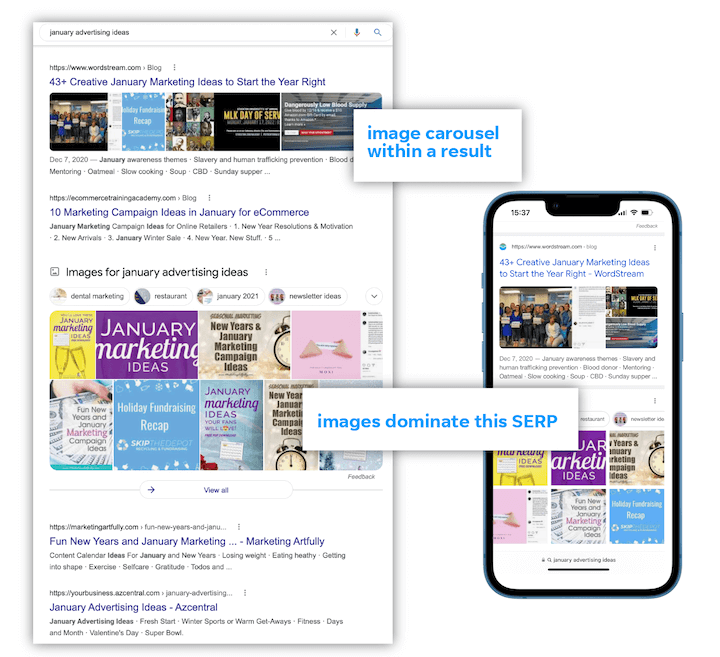
Captions should be short and descriptive, and titles should be relevant and include the primary keyword. Using keywords in file names can also improve search engine rankings, as it helps search engines understand the content of the image.
Overall, image optimization is a crucial aspect of SEO success and should not be overlooked. By implementing best practices such as reducing file size, using alt text, and incorporating captions and titles, businesses can improve their website’s search engine rankings and drive more organic traffic to their site.
Header Tags
Header tags provide a valuable opportunity for incorporating targeted keywords into website content and can positively impact search engine rankings.
There are six levels of header tags, ranging from H1 to H6, with H1 being the most important and H6 being the least important.
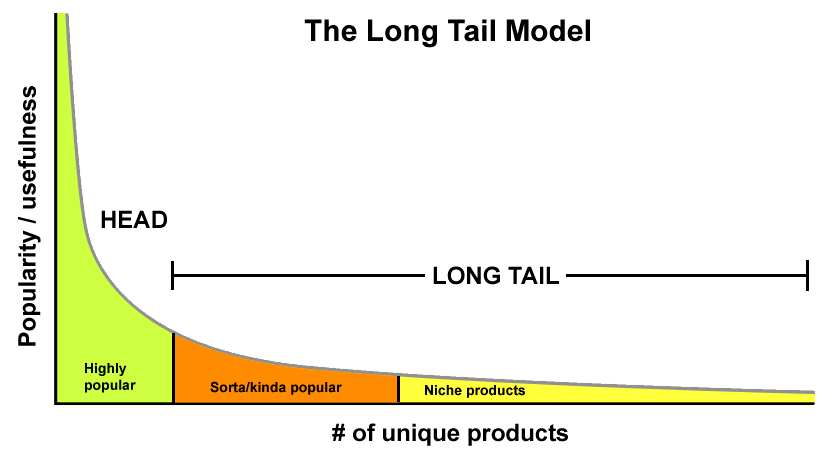
Using header tags effectively can make website content more organized and easier to read for both users and search engines.
Best practices for header tags in SEO include using only one H1 tag per page, placing the primary keyword in the H1 tag, and using secondary and related keywords in other header tags.
It is important to use header tags in a logical hierarchy, with H1 being the main heading and H2, H3, etc. being subheadings.
Additionally, using descriptive and concise language in header tags can make website content more attractive to both users and search engines.
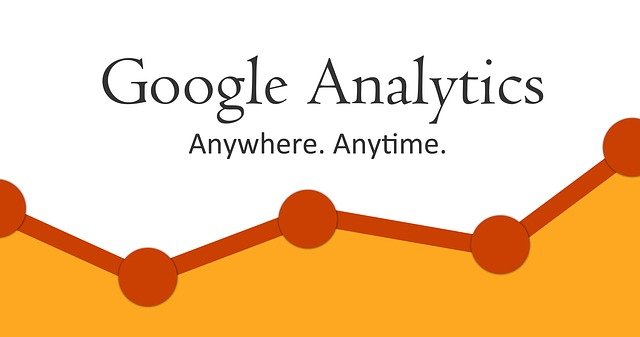
Schema Markup
Schema markup is a valuable tool in improving search engine understanding of a webpage’s content, ultimately resulting in improved organic search rankings and greater visibility for the website.
Structured data, or schema markup, is a type of code that can be added to a webpage to provide additional information about the content. This information can include details such as the author, date published, and even the type of content, such as a recipe or a product review.
Using schema markup for better SEO is important because it helps search engines better understand the content on a webpage. This can lead to improved search rankings and increased visibility for the website.
By providing additional information about the content, schema markup can also help search engines display more relevant and useful information in search results, which can lead to higher click-through rates and more traffic to the website.

Overall, incorporating structured data into a website’s content can be a powerful tool for improving SEO and driving more traffic to the site.
Frequently Asked Questions
How long does it typically take to see results from SEO efforts?
The timeline for seeing results from SEO efforts varies depending on several factors, including competition and website age. Consistent content updates are crucial for sustained SEO success. An analytical, data-driven approach is necessary for strategic optimization.
Can using too many keywords hurt my SEO ranking?
As the adage goes, "too much of anything is bad." Keyword stuffing can harm SEO ranking as it violates Google’s guidelines and can lead to penalties. Balancing keyword use with quality content is key to avoid negative consequences.
How important is social media for SEO success?
Social media integration and influencer partnerships can improve SEO success by generating backlinks, increasing brand awareness, and impacting personalized search results. Analyzing data and strategically utilizing these tactics can lead to higher rankings and organic traffic.
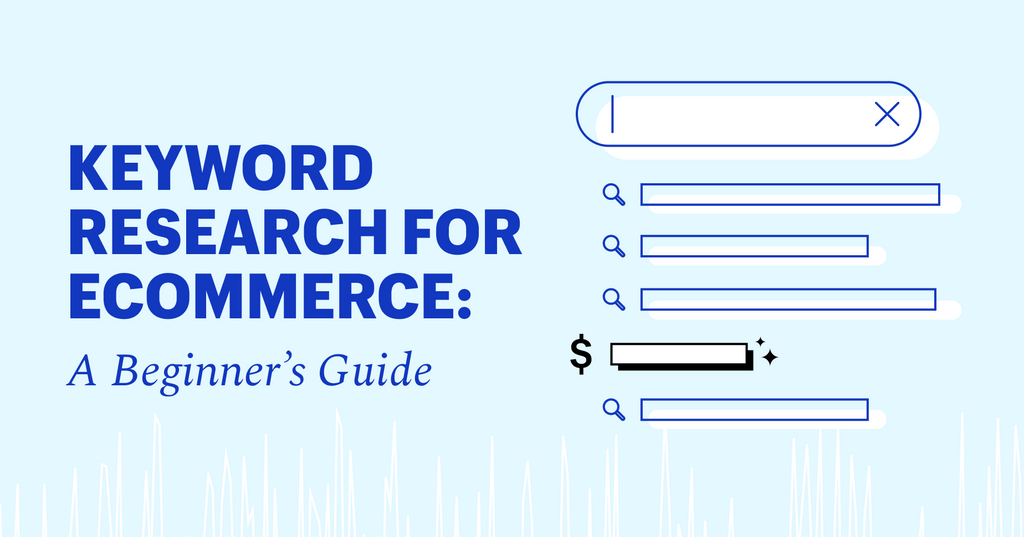
Should I prioritize optimizing for mobile devices or desktop devices?
Prioritizing a mobile first approach is crucial, as mobile devices account for over 50% of global internet traffic. User experience optimization on mobile devices can improve rankings and engagement, leading to higher SEO success.
How can I measure the success of my SEO efforts?
Measuring SEO success involves tracking progress through metrics such as search engine rankings, website traffic, and conversion rates. Utilizing tools such as Google Analytics and Search Console can provide valuable insights for improving SEO strategies and achieving desired results.

Hello there! I’m Louis Hill, the go-to guy for all things SEO and Keyword Research at Keyword Luv. My journey began at Ohio State, where I honed my skills in computer programming. But it’s the dynamic world of SEO and Online Marketing that truly captivates me. I’ve probably spent more hours ranking websites than most self-confessed computer nerds!
When I’m not immersed in the digital realm, you’ll find me pedaling through the countryside, embracing the freedom of cycling. Or perhaps, scribbling some not-so-great poetry, which I find oddly therapeutic. Travel is another passion, exploring new places and creating memories. And let’s not forget Duchess, my Golden Retriever. She might not be the typical retriever, but she’s perfect in her unique way!
Feel free to connect with me on Instagram or Facebook. Whether you’re curious about the latest trends in SEO, want to swap travel stories, or share a laugh over some bad poetry, I’m all ears. Let’s navigate this fascinating digital landscape together!







